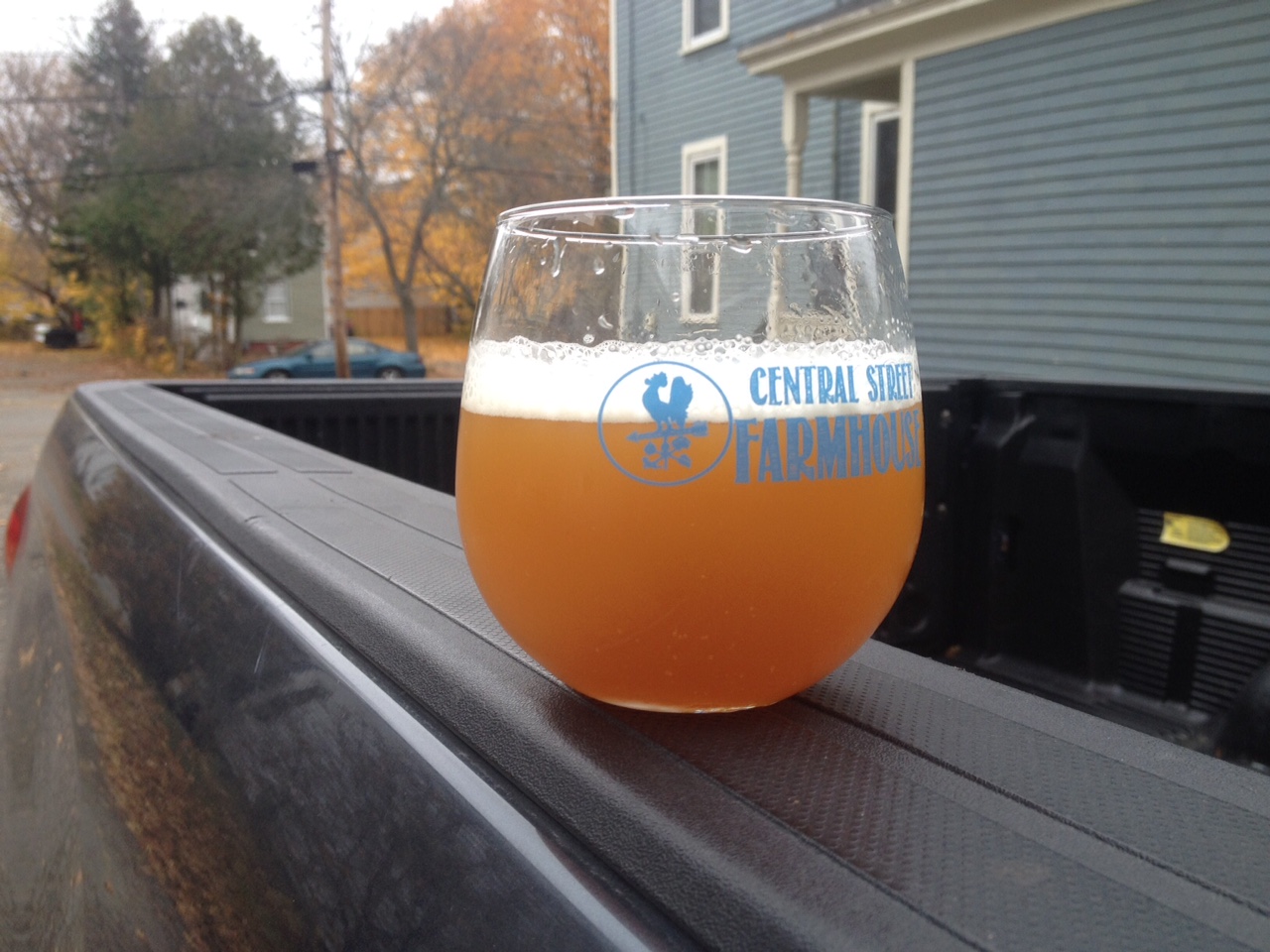jasonfitzg
Active Member
Treehouse from Monson, MA. Their IPA's, are incredible (stouts very highly regarded as well). They seem to have a body/look that I've been unable to attain in any of my IPA's. My last used a 1 oz. bittering charge @45, then 2 oz. @10, and 5 oz at flameout for a 30min hopstand/whirpool. I split the 6 gallon batch into 2 fermenters with 2 different yeast strains. 9 days in primary, right into the kegs, with 3 oz dryhop in each. My thinking was that scale-wise, it would be similar to one of their IPA's in terms of hops...Julius, Haze, Light's On, are all bursting with flavor, have incredible body and mouthfeel, and a beautiful cloudiness. Are they just using ridiculous amounts of hops? Personally I think an 6.5% IPA with 11oz. of hops for a 6 gallon batch is crazy, are they using that much more? My beer seems much clearer than theirs. Any ideas? Malt wise, I used 11.75lb of 2-row, 6oz C-60, 4oz Honey malt. No whirfloc



